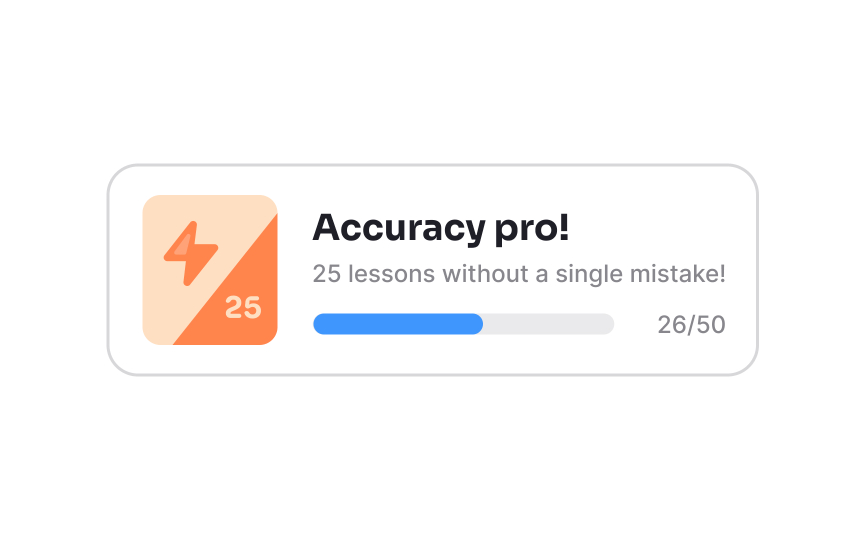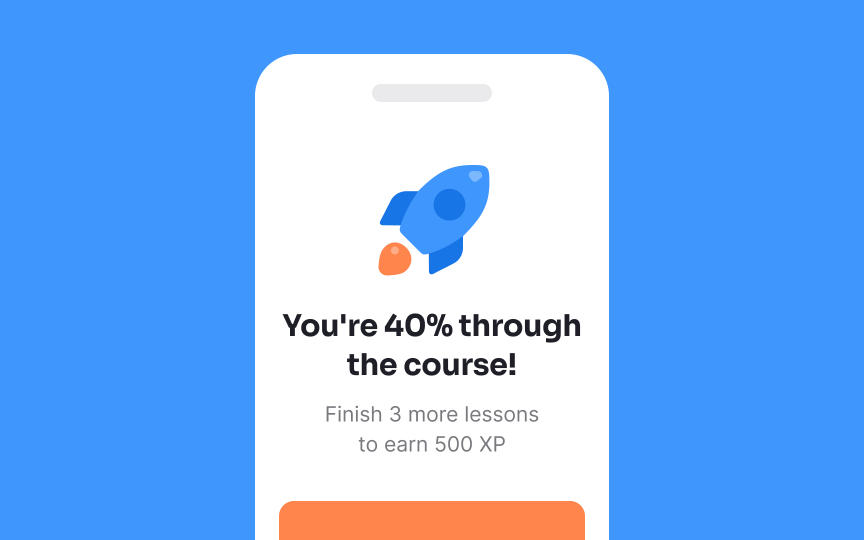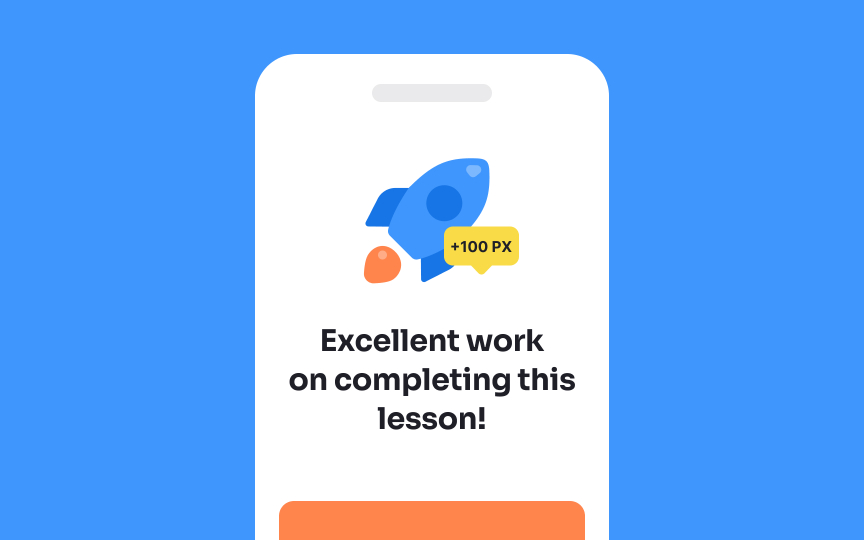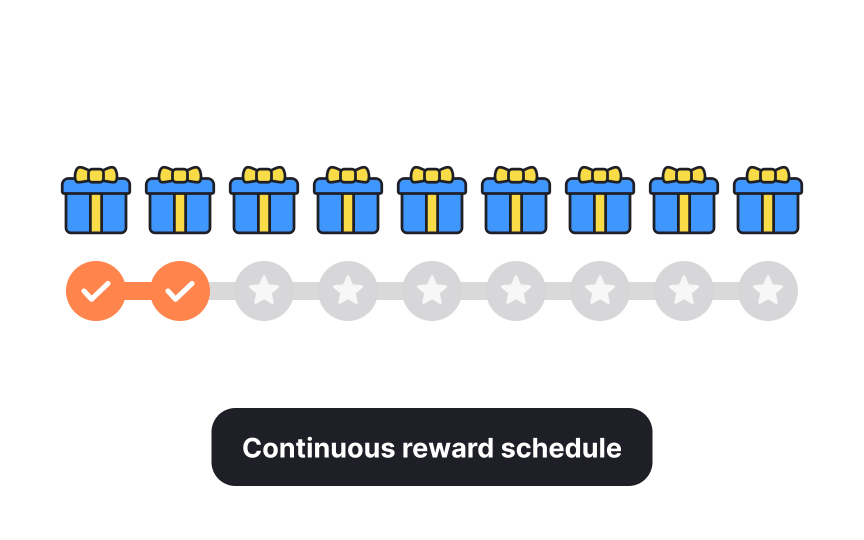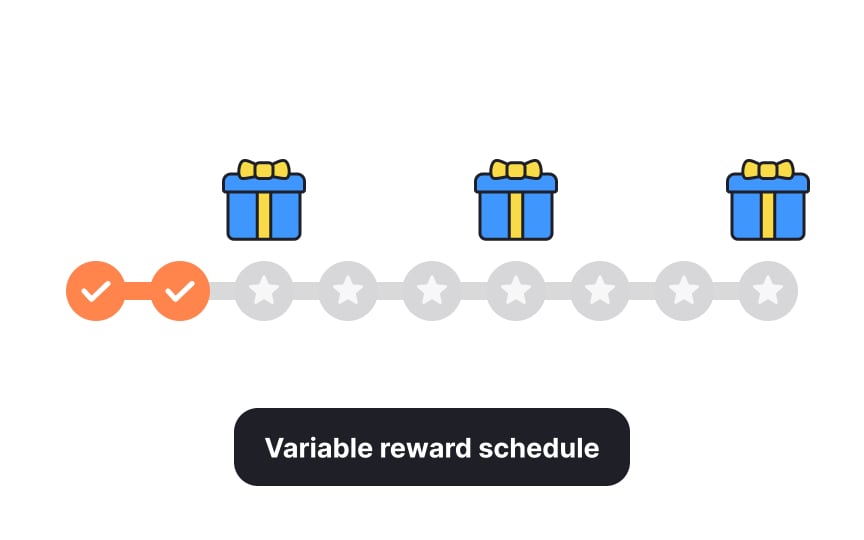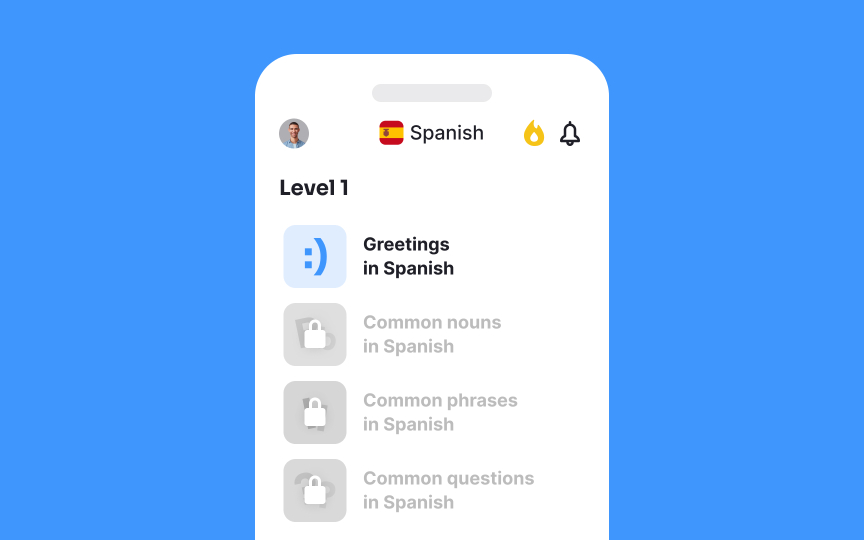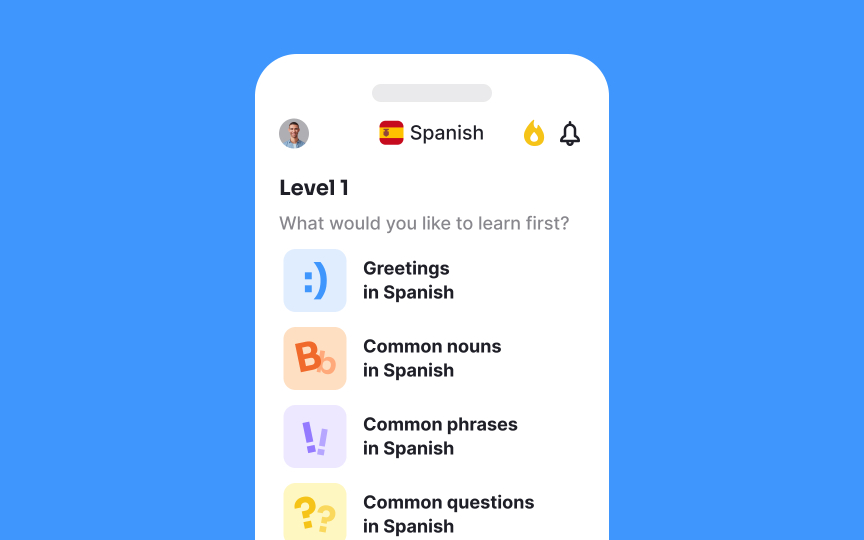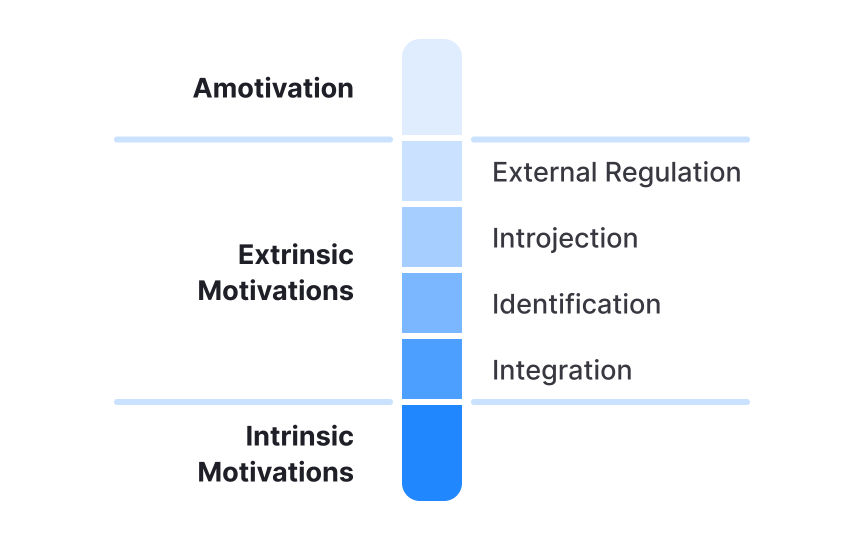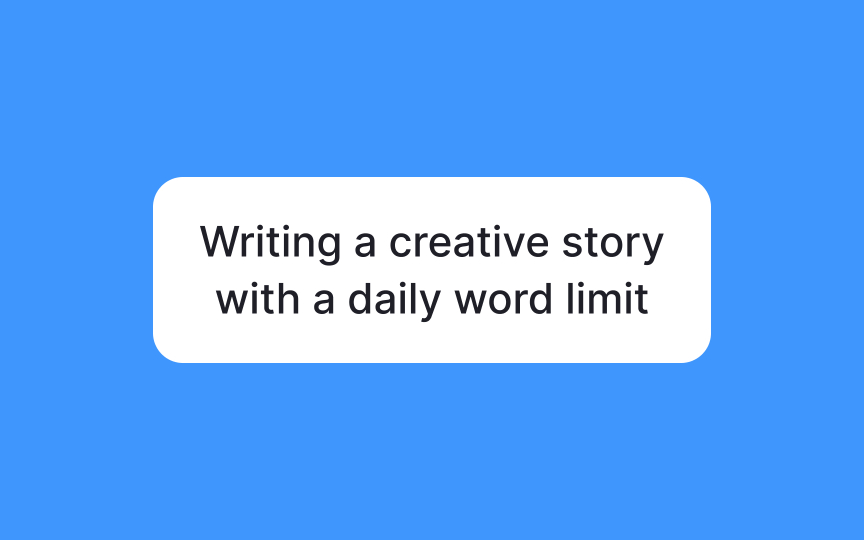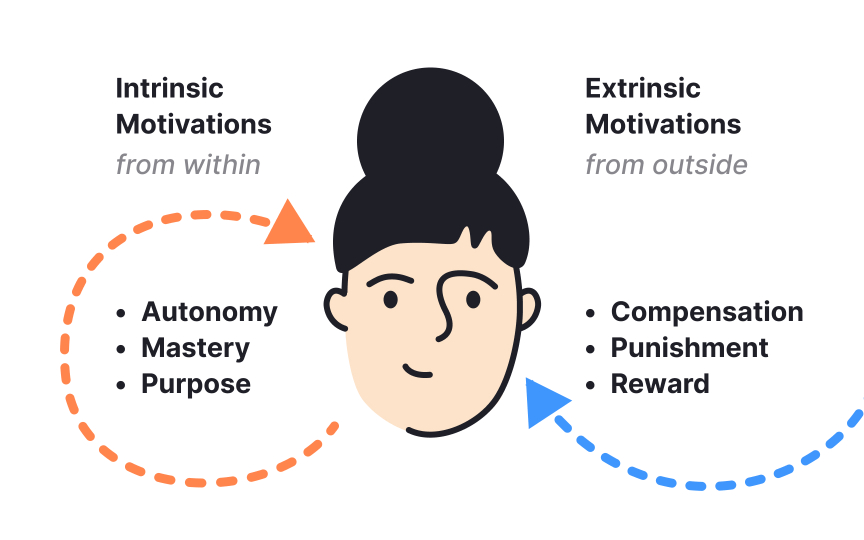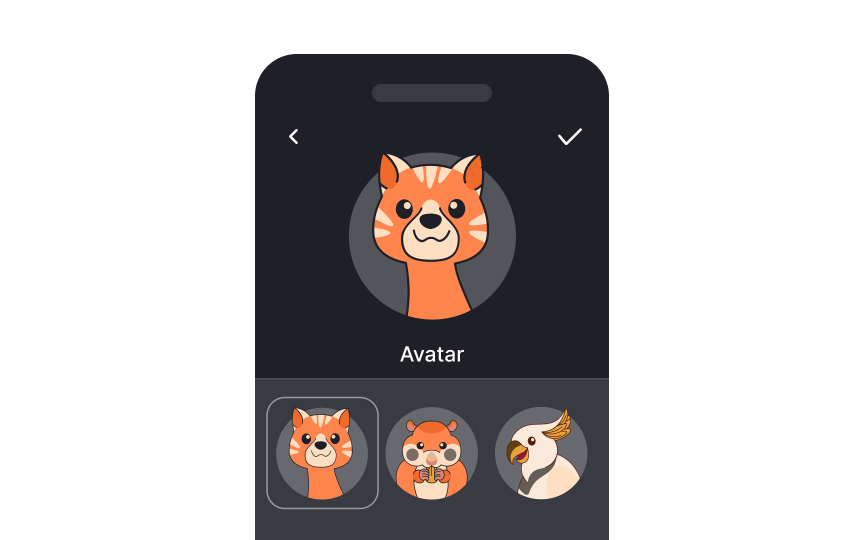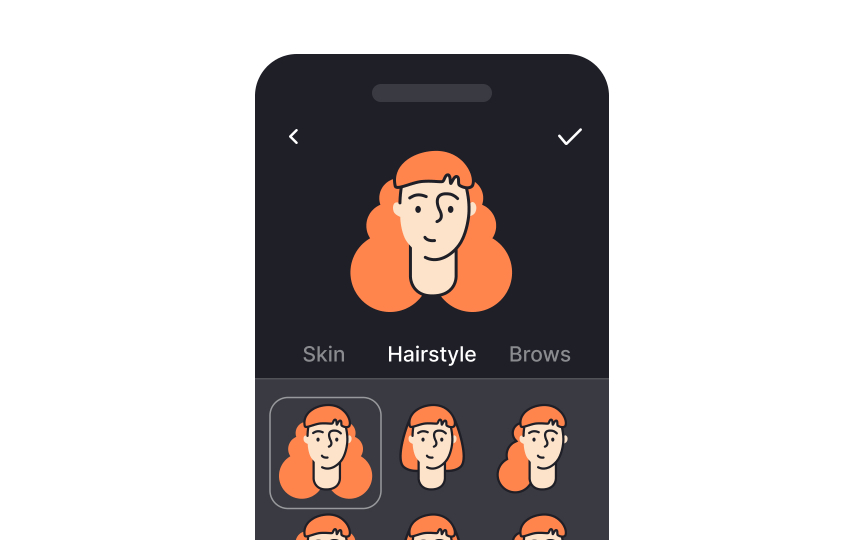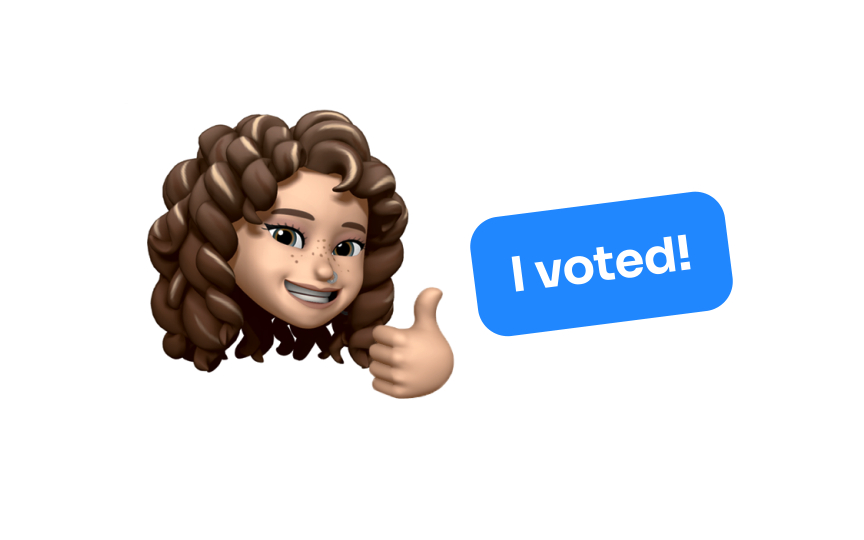The Nature of Motivation in Gamification
Understand what drives users to engage and how to harness those motivations effectively
Imagine a car without fuel — it simply won't move, no matter how well-designed or powerful it is. Similarly, motivation acts as the fuel that propels human behavior and engagement. Without understanding what motivates users, even the most well-crafted applications and systems can fail to achieve their desired outcomes. This lesson delves into the psychological principles behind user motivation, distinguishing between intrinsic motivators, such as personal growth and satisfaction, and extrinsic motivators, like rewards and recognition. By understanding these driving forces, you can effectively apply gamification techniques to enhance user engagement and encourage specific behaviors.
- Tangible/intangible: Tangible rewards are physical items like gift cards. Intangible rewards are non-physical, like points or badges.
- Expected/unexpected: Expected rewards are known in advance. Unexpected rewards are surprises.
- Task non-contingent rewards: You get these without doing anything. They are rare in gamification. For example, receiving a welcome gift just for signing up on a website.
- Engagement-contingent rewards: You get these for starting a task, like visiting a website or writing a review.
- Completion-contingent rewards: You get these for finishing a task. For example, receiving a certificate for completing an online course.
- Performance-contingent rewards: You get these for doing well on a task, not just completing it. For example, winning a prize for being the top performer in a contest.
Choosing the right rewards is important to keep motivation high:
- Tangible rewards, like bonuses or gifts, often have the biggest negative impact. They replace the joy of the activity with external motivation.
- Unexpected rewards work better than expected rewards. If someone is surprised with a bonus for good performance, it doesn't affect their intrinsic motivation as much. They were doing the activity for its own sake and the reward was a pleasant surprise.
- Performance-contingent rewards can go both ways. If the reward focuses only on the end goal, it can be demotivating. But if the reward recognizes good performance, saying "You did a great job," it can be motivating. It shows appreciation for the person's effort without taking away their intrinsic motivation.[1]
- Continuous rewards: Every time users do the desired action, they get a reward. It's automatic. For example, getting points every time users log into a learning app. The pitfall of this approach is that it can become ineffective because it feels routine and less rewarding over time.
- Fixed ratio rewards: Users get a reward after a set number of actions. For instance, earning a
badge every 5th time they perform an action, like completing a lesson. The advantage is that it can motivate users to reach the next milestone. However, it can become predictable and less exciting over time. - Fixed interval rewards: The reward comes after a set period, like a week, regardless of how often users perform the action. This encourages regular engagement over time. But users might lose interest if the interval is too long or the rewards become too predictable.
- Variable rewards: There's no set schedule. Rewards come at random times, making them surprising and exciting. For example, receiving surprise rewards for random actions like sharing a lesson or commenting on a forum. The advantage is that it keeps users excited and curious, tapping into their natural love for surprises.
Self-determination theory (SDT) helps us understand what motivates people, and it's useful in
- Autonomy: Giving users choices and control over their actions boosts motivation. For example, letting players choose their actions, tasks, or customize their characters or learning paths.
- Competence: People like to feel they are good at something. Gamified experiences that provide clear goals, feedback, and rewards for skillful actions help users feel competent. This keeps them engaged.
- Relatedness: Gamification can include social elements, like leaderboards, team challenges, or sharing achievements, to foster a sense of community among users.
When gamification meets these needs, it keeps users motivated by making activities more enjoyable and fulfilling.
When users have no interest in an activity, it's called amotivation. In this stage, they don't care about the task at all and are unlikely to do it. At the other end, intrinsic motivation means users do something simply because they love it. It's fun and rewarding on its own, like the joy of learning to play a new instrument.
In between, there are various levels of extrinsic motivation:
- The least powerful is external regulation where users do something only because someone tells them to. For example, a user completing a task in a gamified learning app solely because the app requires it to unlock the next lesson.
- Next is introjection, where users do something for status or approval from others. For instance, a user participating in a leaderboard challenge within a fitness app to gain recognition from their peers.
- Then comes identification, where users see some personal value in the activity, even if they don't enjoy it. For example, a user engaging in daily quizzes on a language learning app because they know it will improve their language skills, even if they find the quizzes repetitive.
- The most internal form of extrinsic motivation is integration where users fully align the activity with their goals, like walking and logging in their steps in a fitness app because they know it's good for them, even if it's not fun.
Understanding this spectrum helps create better
Rewards can sometimes reduce intrinsic motivation for creative tasks, a phenomenon known as the overjustification effect. This happens when external rewards replace internal enjoyment, making the activity less appealing once the rewards are removed. For example, in a study by Mark Lepper, experimenters gave kids paper and crayons to draw. Some kids loved drawing and did it just for fun, showing intrinsic motivation. The experimenters then introduced rewards for drawing, acting as extrinsic motivation. Those who agreed to receive awards for their drawings displayed significantly less interest and put less effort into their drawings than those who drew for fun without expecting any reward.[2]
This effect is a concern in
Extrinsic motivators work well for low-value tasks because they provide an external reason to do something that might not be enjoyable or interesting. These tasks are often routine, boring, or simple. Rewards like points,
These external rewards help keep users engaged and motivated to finish tasks they might otherwise ignore. This is especially useful in situations where the task itself doesn't provide much personal satisfaction or enjoyment.
However, extrinsic rewards won't work as effectively for high-value tasks that require high intrinsic motivation, as these tasks often need personal interest and satisfaction to be completed successfully.
It’s important to use both intrinsic and extrinsic motivators in gamified interfaces because they work together to engage users. We know that intrinsic motivation comes from within. For example, a user might enjoy learning new coding skills because they find programming interesting and want to challenge themselves. This internal drive keeps them engaged and motivated. On the other hand, extrinsic motivation comes from outside rewards. The same user might also be motivated because completing coding lessons earns them certificates, recognition from peers, or opportunities for better job prospects. These external rewards push them to keep going.
Sometimes, extrinsic rewards can lead to intrinsic motivation over time. For example, in a gamified coding app, earning points for solving problems can provide feedback on performance, helping users see their progress and feel more competent. This can make the activity more enjoyable and fulfilling.
By combining both types, gamified systems can provide immediate rewards while also fostering long-term interest and engagement. This helps create a more motivating and enjoyable user experience.
Using avatars in
- Behavior influence: Research studies found that when users customize avatars to look like themselves, they create a personal connection and influence behavior. Watching an avatar that looks like them perform an activity can motivate users to do the same in real life. For instance, if an avatar is shown to exercise and become fitter, users might be more inclined to work out more regularly.
- Future decisions: Avatars can also impact future decisions. For example, a research study found that college students who saw aged versions of their avatars were more likely to invest in retirement.
- Traits transfer: Traits and behavior changes in the virtual world can transfer to real life. In a research study, users with taller avatars acted more confidently in real-life negotiations than those with shorter avatars.[3]
Be aware of these effects when designing gamified systems with avatars to positively influence real-world behavior.
Here’s how to implement a third-person perspective:
- Create avatars: Let users design
avatars that look like them. - Third-person view: Show the avatar from an external view.
- Visualize actions: Use the avatar to demonstrate desired behaviors, such as learning new skills or saving money. Use images or videos of the avatar performing tasks to strengthen the impact. For instance, in a wellness app, show the avatar drinking water regularly to encourage regular hydration.
This helps users better visualize and internalize positive behaviors, making it more likely they will adopt these behaviors in real life.
References
- My Books - Karl Kapp | Karl Kapp
- My Books - Karl Kapp | Karl Kapp
Top contributors
Topics
From Course
Share
Similar lessons

Mental Models in UX Research

Psychological Theories Behind Gamification

